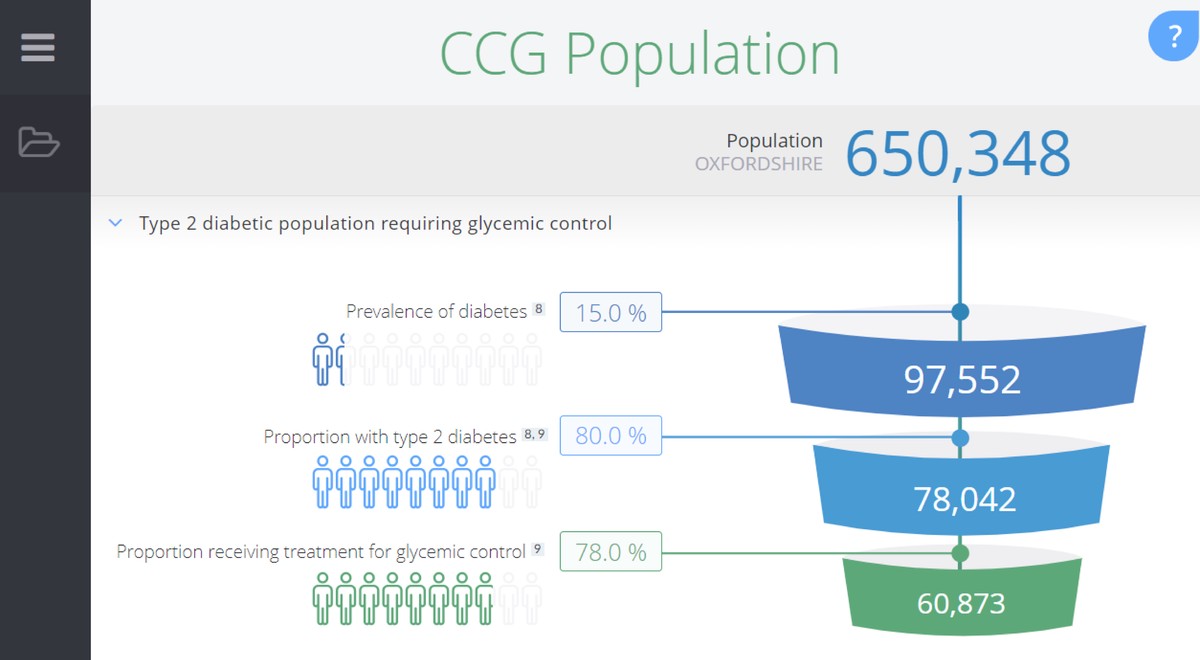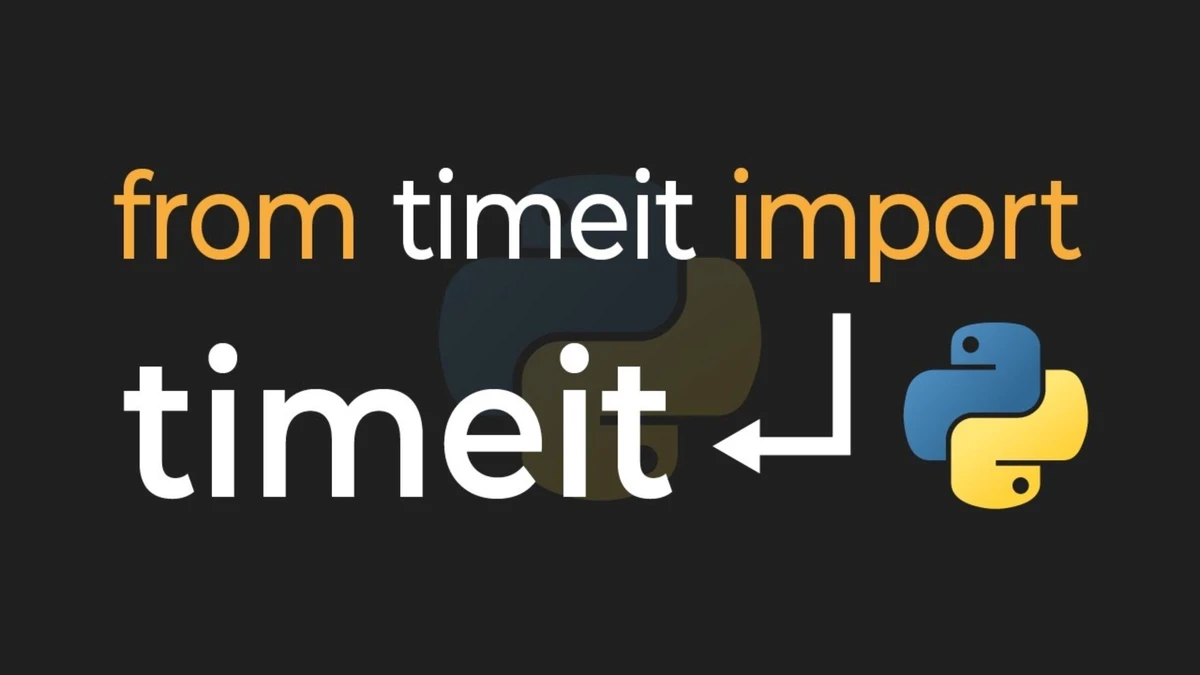=================================
In modern trading, how to monitor alpha in real-time has become a crucial question for portfolio managers, quantitative analysts, and hedge funds alike. Alpha—the measure of excess return relative to a benchmark—is not just a performance statistic; it is the heartbeat of active management. Monitoring alpha continuously allows traders to identify strategy drift, adjust exposures, and optimize portfolios dynamically.
This article provides a deep dive into the methods, tools, and strategies to track alpha in real time, balancing theoretical rigor with practical implementation.

Understanding Alpha in the Trading Context
What Is Alpha?
Alpha represents the excess return a trading strategy or portfolio generates compared to a benchmark index after accounting for risk. A positive alpha signals superior performance, while a negative alpha suggests underperformance.
Why Monitoring Alpha Matters
- Risk control: Detect performance deviations early.
- Strategy validation: Confirm whether models deliver as designed.
- Capital allocation: Allocate more capital to strategies consistently generating positive alpha.
This directly ties into Why Is Alpha Important in Trading?, as it highlights not just performance measurement but also decision-making power in live portfolio management.
Core Approaches to Real-Time Alpha Monitoring
1. Factor Model Integration
Factor models such as CAPM, Fama-French, or custom-built risk models can be applied dynamically to assess alpha at frequent intervals.
How It Works
- Compute expected returns based on factor exposures.
- Compare actual returns to expected values.
- The residual represents real-time alpha.
Pros
- Provides a risk-adjusted perspective.
- Well-established in academic and institutional finance.
Cons
- Factor loadings may shift in high-frequency environments.
- Requires continuous recalibration.
2. High-Frequency Alpha Tracking Systems
Advanced trading desks implement real-time performance dashboards linked to execution systems.
Key Features
- Intraday alpha decomposition (by sector, asset, or strategy).
- Alerts when alpha drops below thresholds.
- Integration with order flow and transaction cost analysis.
Pros
- Immediate visibility into performance.
- Useful for high-frequency and algorithmic traders.
Cons
- High infrastructure cost.
- Can generate excessive noise if not filtered correctly.
Comparative Overview
| Method | Best Use Case | Advantages | Limitations |
|---|---|---|---|
| Factor Models | Institutional portfolio monitoring | Theoretical rigor, strong risk adjustment | Sensitive to factor drift |
| Real-Time Dashboards | Quant traders, HFT desks | Immediate insight, fast decision-making | Infrastructure heavy, prone to noise |
Recommendation: A hybrid model works best—factor models for structural alpha attribution and dashboards for intraday monitoring.
Tools and Frameworks for Real-Time Alpha Monitoring
Portfolio Management Systems
- Bloomberg PORT, FactSet, BarraOne for institutional tracking.
- Python-based open-source frameworks for custom setups.
Data Infrastructure
- Low-latency market feeds.
- Cloud-based analytics (AWS, GCP, Azure).
Analytics Stack
- Python (pandas, NumPy, statsmodels).
- Real-time visualization via Plotly Dash or Streamlit.
Visualization Example
An example of a real-time alpha monitoring dashboard for portfolio managers.
Advanced Strategies for Monitoring Alpha
Alpha Decomposition by Source
Traders need to know where alpha comes from in quantitative models—whether from stock selection, sector tilts, or factor timing. Real-time decomposition allows precise attribution.
Statistical Methods for Noise Reduction
Applying rolling regressions, Kalman filters, or Bayesian updating smooths intraday alpha estimates, reducing false signals.
Machine Learning Approaches
Machine learning can identify non-linear alpha drivers by dynamically adjusting risk exposures. Models like gradient boosting or reinforcement learning adapt faster than static regressions.

Practical Workflow for Data Scientists
- Data Ingestion: Stream market and portfolio data continuously.
- Alpha Calculation: Compare actual vs benchmark-adjusted returns.
- Attribution: Decompose alpha into factor-driven vs idiosyncratic.
- Visualization: Build live dashboards for stakeholders.
- Alerts & Automation: Trigger signals when alpha diverges significantly.
Case Study: Real-Time Alpha at a Quant Fund
A hedge fund implemented a Python-based real-time alpha tracker integrated with their execution platform. By combining factor attribution with intraday PnL monitoring, they:
- Detected alpha erosion in a momentum strategy during volatility spikes.
- Reallocated capital to mean-reversion models in near real time.
- Improved overall portfolio Sharpe ratio by 12% in one quarter.

FAQs on Monitoring Alpha in Real-Time
1. How frequently should alpha be monitored?
It depends on the strategy. High-frequency traders may track alpha every minute, while long-term investors might use daily or weekly intervals. The key is aligning monitoring frequency with trading horizon.
2. What are the risks of over-monitoring alpha?
Over-monitoring can lead to reactionary decisions based on noise rather than signal. The solution is to combine real-time tracking with statistical smoothing techniques.
3. Can retail investors monitor alpha in real time?
Yes, though retail traders may lack institutional tools. Using Python with APIs from brokers or free datasets (Yahoo Finance, Alpha Vantage), retail investors can build simplified alpha trackers and apply Effective Alpha Tracking Systems tailored to their needs.
Conclusion
Mastering how to monitor alpha in real-time is essential for active traders and portfolio managers aiming to sustain consistent outperformance. Whether through factor models for attribution or real-time dashboards for execution oversight, effective monitoring ensures that strategies remain robust under changing market conditions.
The best practice combines theory (risk models) with technology (live dashboards), enabling both accuracy and speed.
If this article helped clarify real-time alpha monitoring, share it with your network, comment with your own monitoring techniques, and join the discussion on building smarter, more resilient trading systems.
Would you like me to extend this into a hands-on Python implementation showing real-time alpha calculation and dashboard creation using live market feeds?

0 Comments
Leave a Comment